leere/weiß/stille akademie der künste
void/white/silence
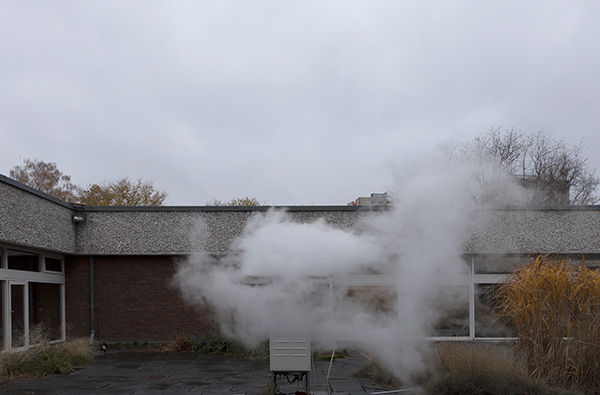
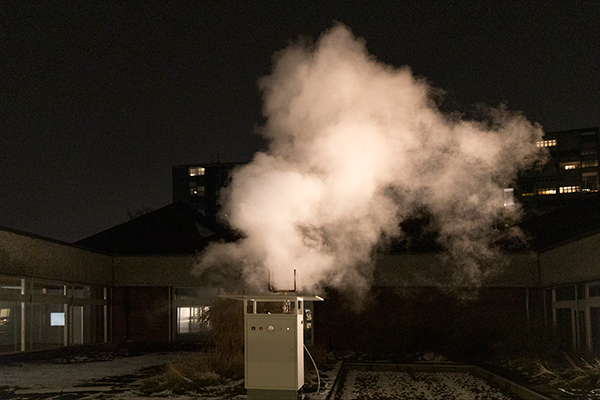
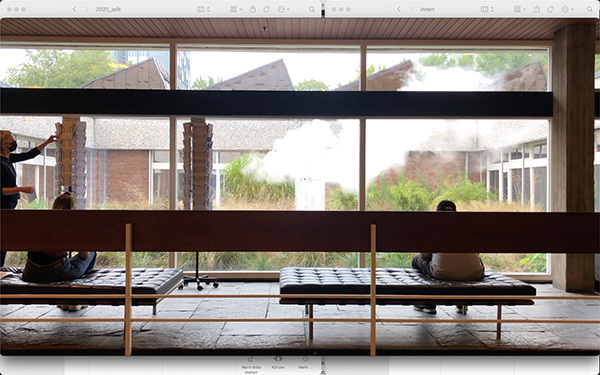
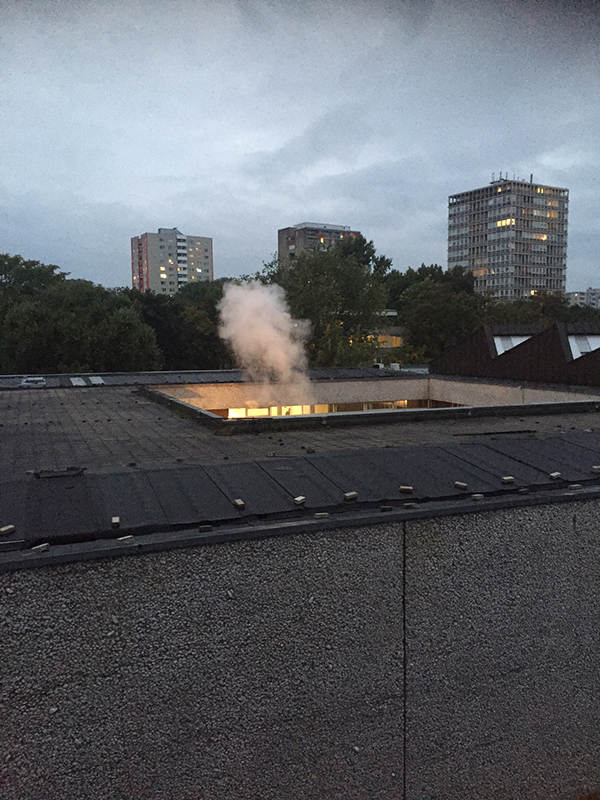
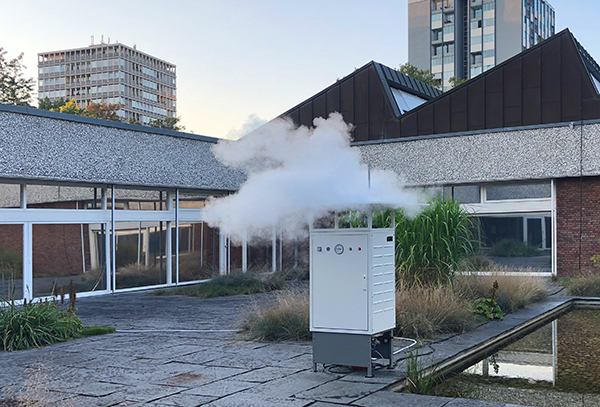
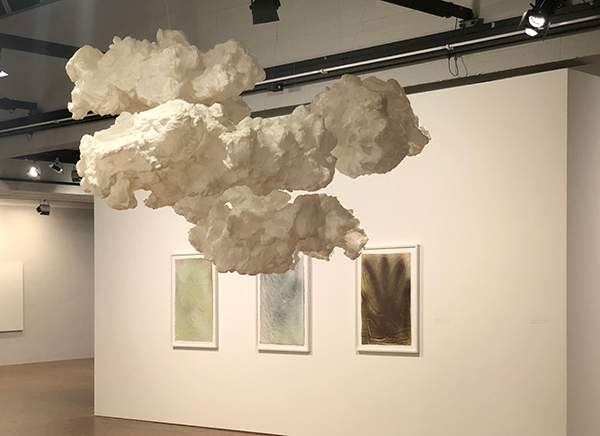
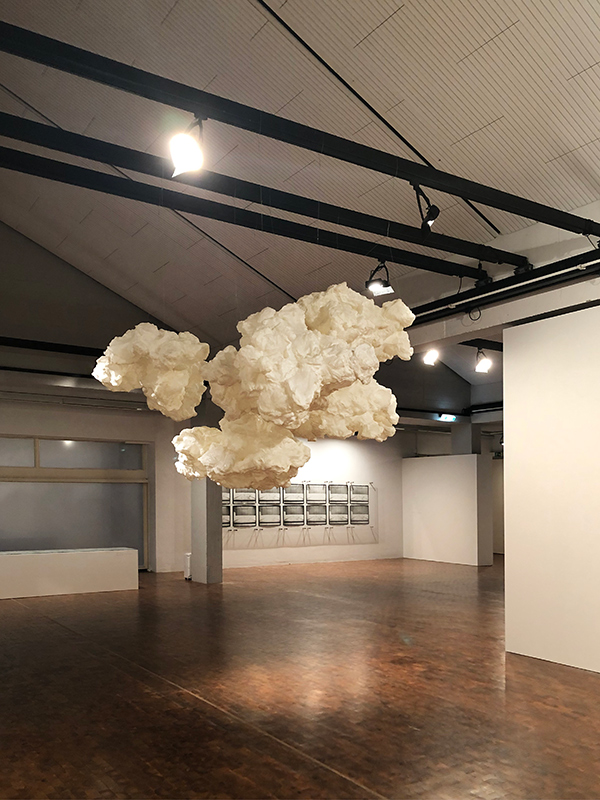
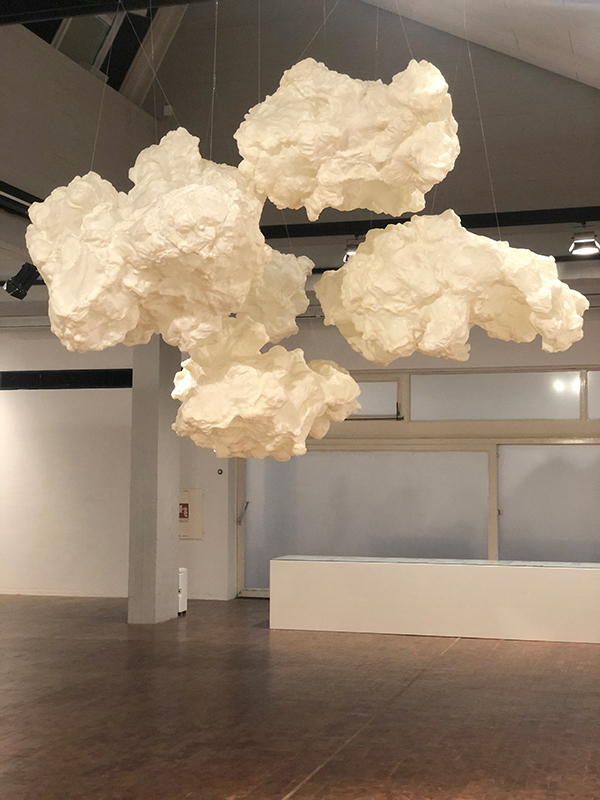
leere/weiß/stille akademie der künste
void/white/silence
als „nothingtoseeness“ bezeichnete john cage die entsprechung der stille in den visuellen künsten und umschreibt das nichts durch sehen und fühlen. die ausstellung „nothingtoseeness – leere/weiß/stille“ widmet sich dieser erfahrung des sehens und dem weiten bedeutungsspektrum der farbe weiß, der leere und der stille.
reiner maria matysik widmet sein künstlerisches schaffen dem dialog zwischen wissenschaft und bildender kunst. er greift auf ein umfangreiches repertoire an unterschiedlichen materialien zurück, mit denen er modelle zukünftiger organismen entwickelt. diese sogenannten fiktiven „bionten“ sind produkte aus seinem experimentallabor und suggerieren lebende organismen. mit dieser künstlerischen praxis stellt er fragen an die fortentwicklung der gentechnik und deren bedeutung für die evolution und die zukunft. der künstler geht davon aus, dass die grenzen zwischen pflanze, mensch und tier sukzessive unscharf und verschwimmen werden.
seine wolken-arbeiten sind als reaktion auf den vom menschen verursachten klimawandel zu verstehen, der überschwemmungen, unwetter, temperaturschwankungen und extremregen mit sich bringt. die wolkenmaschine verwandelt das wasser im landschaftselement teich im gräsergarten der akademie der künste zu wolken. der rechteckige teich ist teil eines gepflegten historischen gräser- und staudengartens, der durch glaswände abgeschottet ohne ihn umgebende (stadt-)landschaft im obergeschoss liegt. wie ein hortus conclusus liegt er erhöht zum natürlichen erdboden des tiergartens.
trotz künstlichkeit existieren im teich mikroorganismen, pilze, pflanzen und tiere. was aber passiert mit ihnen, wenn ihre lebensgrundlage abgepumpt wird und zu wolken transformiert wird? hier wäre es für den künstler interessant, eine gewässer-ökologische studie durchzuführen; vergleichbare wissenschaftliche studien zu tieren und mikroskopischen lebensformen kennt matysik, da er sie mit verschiedenen instituten bereits durchgeführt hat. die wolke gibt nach ihrer auflösung das enthaltene wasser wieder an die natur zurück. so schafft reiner maria matysik, das bewusstsein der besucherinnen und besucher für einen vorgang zu sensibilisieren, der ohne weitere worte vermittelt wird. auch wenn der künstler energie einsetzt um diesen natürlichen transformationsprozess von wasser zu wolke und zurück zu wasser zu erzeugen, ist diese energie nicht verschwendet, denn er ermöglicht eine erfahrung, die ins ungewisse geht.
anke hervol
in der ausstellung:
reiner maria matysik
wolkenmaschine, 2021
dampfautomat
170 × 75 × 57 cm
courtesy of the artist
reiner maria matysik
wolken, 2021
biokunststoff, maße variabel
courtesy of the artist
bei den exemplarisch ausgewählten werken von 75 internationalen künstler*innen geht es um das verhältnis von materialbeschaffenheit zu oberfläche und kontext, von ton zu stille, von fülle zu leere, von komplexität zu einfachheit, von bedeutung zu bedeutungslosigkeit. die durch die monochrome malerei geprägten künstlerisch-ästhetischen praktiken der 1950/60er-jahre entwickelten sich zeitgleich und im austausch zwischen den usa und europa und sind bis heute aktuell.
„nothingtoseeness“ lädt ein, genauer, präziser und intensiver zu sehen und wahrzunehmen. gemälde, fotoarbeiten, videos, film- und soundarbeiten, skulpturen und ortsspezifische installationen sind nach pandemiebedingter verlagerung der kunstrezeption in den virtuellen raum nun in dem analogen erfahrungsraum der ausstellungshallen am hanseatenweg zu entdecken.
die website www.nothingtoseeness.de erschließt die schau und ihre themen mit texten und informationen. gespräche, konzerte, lesungen und filmvorführungen finden begleitend statt.
mit arbeiten von: peter ablinger, absalon, frank badur, mirosław bałka, rosa barba, gerhard bohner, george brecht, trisha brown, klaus vom bruch, günter brus, john cage, enrico castellani, rutherford chang, max dax, ulrike draesner, maria eichhorn, olafur eliasson, ulrich erben, ceal floyer, lucio fontana, sam francis, katharina fritsch, heinz gappmayr, jochen gerz, raimund girke, eugen gomringer, gotthard graubner, katharina grosse, hans haacke, marcia hafif, david hammons, oskar holweck, stephan huber, alfonso hüppi, pierre huyghe, ray johnson, isaac julien, ellsworth kelly, per kesselmar, astrid klein, yves klein, harald klingelhöller, bernd koberling, christina kubisch, raimund kummer, mark lammert, henning lohner, inge mahn, piero manzoni, joseph marioni, sara masüger,
reiner maria matysik, bruce nauman, yoko ono, roman opałka, david ostrowski, nam june paik, otto piene, thomas rentmeister, bridget riley, robert ryman, karin sander, hanns schimansky, michael schirner, gregor schneider, jan j. schoonhoven, nina schuiki, george segal, qiu shihua, strawalde, mark tobey, james turrell, günther uecker, timm ulrichs, lothar wolleh
in the exhibition “nothingtoseeness – void/white/silence”, the akademie der künste shows works by 75 international artists whose work centres around monochromy, material minimalism and reduction. the title refers to a word play by john cage, who coined the term “nothingtoseeness” as the equivalent of silence in the visual arts. the exhibition, which opens on 15 september 2021 as part of berlin art week, will present paintings, photographic works, film and sound pieces, sculptures and site-specific installations.
matysik focuses his artistic work on the dialogue between science and the visual arts. he draws on an extensive repertoire of various materials with which he develops models of future organisms. these fictional “bionts” are produced in his experimental laboratory and are suggestive of living organisms. by way of this artistic practice, he asks questions about the further development of genetic engineering and its significance for evolution and for the future. the artist operates on the assumption that the boundaries between plants, humans and animals will gradually become fuzzy and blurred in the future.
his “cloud” pieces can be seen as a reaction to man-made climate change, which brings with it floods, storms, temperature fluctuations and extreme rain events. the cloud machine transforms the water in the landscaped pond in the garden of grasses at the akademie der künste into clouds. the rectangular pond is part of a garden of well-tended istorical grasses and perennials, located on the upper floor of the academy and sealed off by glass walls, isolating it from the surrounding (urban) landscape. like a hortus conclusus, it sits elevated above the natural ground of the tiergarten park.
despite its artificial nature, microorganisms, fungi, plants and animals live in the pond. but what happens to them when their basis for life is pumped out and transformed into clouds? here it would be interesting for the artist to carry out an ecological study on bodies of water; matysik is familiar with comparable scientific studies on animals and microscopic life forms, having already conducted such studies in cooperation with various institutes. after it dissipates, the cloud returns the water it contains to nature. matysik thus fosters awareness among visitors, making them conscious of a process that is conveyed without additional words. even though the artist uses energy to create this natural process of transformation from water to cloud and back to water, this energy is not wasted, as it enables an experience that extends into the unknown.
anke hervol
in the exhibition:
reiner maria matysik
wolkenmaschine, 2021
steam generator
170 × 75 × 57 cm
courtesy of the artist
reiner maria matysik
wolken, 2021
bioplastic, dimensions variable
courtesy of the artist
the point of departure is white monochromy and the associated new meaning of the material surface, which caused a stir in the american and european art scenes of the 1950s and 1960s. featured paintings from this period include works by lucio fontana, raimund girke, jan j. schoonhoven, günther uecker and ellsworth kelly, as well as one of yves klein’s rare copies of untitled white monochrome (m 33) from 1958, and the filmic documentation of his legendary 1958 exhibition “le vide”, in which rather than artworks only the white walls of the paris gallery of iris clert were to be seen. these early radical artistic statements are juxtaposed with contemporary works. in the entrance area, karin sander reacts to the white monochrome with her wandstück, which she created specifically for the exhibition. in isaac julien’s audio-visual installation the true north (2007), the topic of white reaches into the lonely artic landscape. other site-specific installations by yoko ono (invisible flags), thomas rentmeister, ulrike draesner and sara masüger are on display, and reiner maria matysik exhibits his wolkenmaschine in the akademie’s outside area. in the installation we buy white albums, rutherford chang shows well over 2,000 copies of the beatles’ white album, designed by richard hamilton as a white projection surface, which here is contrasted with the black square of prince’s black album.
one focus of the exhibition is the link to music and silence. “nothingtoseeness” invites the viewer to partake in a more exact, precise and intensive mode of perception. after the pandemic-related shift of art reception to the virtual realm, the original artworks can once again be experienced live.
the exhibition is curated by anke hervol and wulf herzogenrath.

